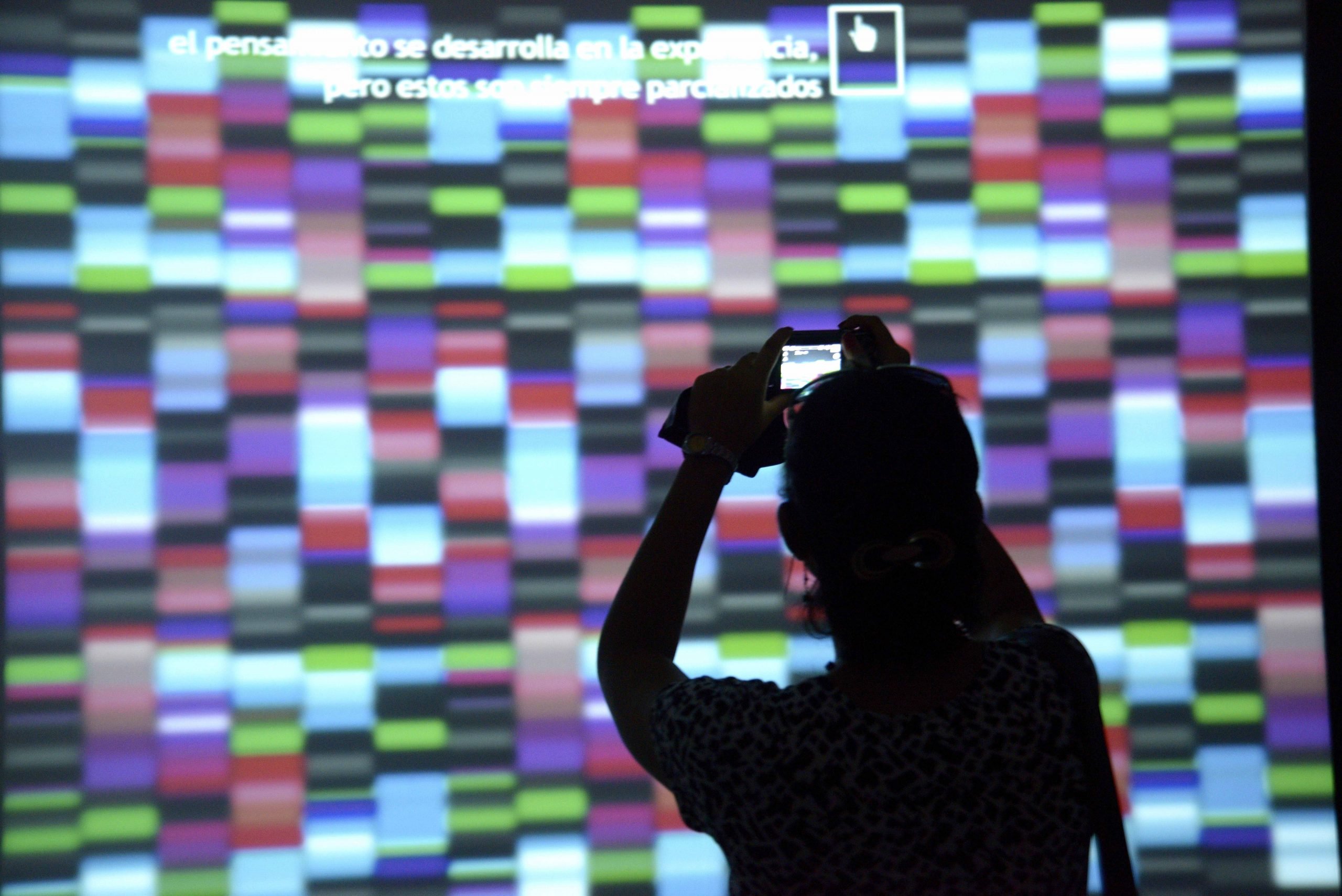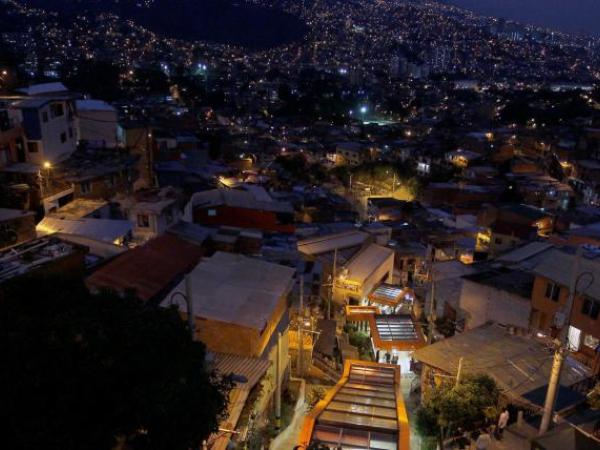Animation is one of the most powerful and fertile resources in the field of visual arts today, in a world increasingly marked by the big media, new technologies and the digital world.
The desire to perpetuate the passage of time through sequences of images has found dissimilar ways of coexisting with both scenarios: the real one and the one recreated from the environment, to the point that, with virtual reality and other novel inventions designed to animate images, we could be on the verge of erasing the limits between what is considered fiction and reality.
Once this artistic field is understood beyond the mere creation of children’s audiovisual products, once it is understood within the aesthetics of cinema in general, it becomes, for creators, an almost unlimited source of resources and ways channeling himself into the world of visual arts.
In the Cuban context, this resource has been limited fundamentally to the field of television and filmto a lesser extent in the latter case, also restricting the public’s perception of how diverse animation is, beyond cartoons or video clips, two of the fields where this method of creation has been used the most on the Island .
In the case of the visual arts, this technique has indeed found a more prone niche in the national context, which has increased with the arrival of the new century and the accelerated growth of technology, although precisely access to technological resources has been another burden, mainly for those who bet on creation without institutional protection.
Hence, independent animation has a long and almost unknown history in the national art scene, despite more than half a century of work that dissimilar professionals from various sectors of artistic creation already have, with a significant boom in the last 20 years.
This phenomenon or creative “boom”, if we could say so, is expressly studied in the text image flows. A decade of independent animation (2003-2013)by the curator and researcher White Charity, who takes the pulse of independent animated creation in Cuba in this period of time. But, beyond analyzing artistic creation in a given period, the author also seeks to reflect the origins of animation in the country, until reaching the moment she seeks to analyze, chosen from another major provocation, such as the exhibition the other narrationsin 2014.
This exhibition took place in 2014 at the “Wifredo Lam” Center as part of the VI Hall of Contemporary Cuban Artan event organized by the Center for the Development of Visual Arts to which the author belongs, where more than a hundred works associated with cinema, video, web artdesign, motion graphics, television, interactive installations, among other creative mechanisms that respond, in the words of Caridad Blanco herself, to the “audiovisualization” process of Cuban art.
Vital is the mentioned work of the author to understand That moment, permeated by the increasingly significant use of technologies. Both to create and to consume artistic products, we are seeing, through the work of Caridad Blanco, how creative experimentation in the field of animation becomes practically daily, which has allowed even people without academic training or with a more close to the world of art, shape their creative projects in this field.
The book has three chapters: “Preliminary”, a pretext to investigate the past of independent animation in Cuba, “The flows of the image”, which analyzes the exhibition that took place in the “Wifredo Lam” and finally a interview to the author, renowned curator and art critic, to delve into other questions about the whys and wherefores of the exhibition and the paths of animation as a resource for creators.
Visual arts exhibitions are ephemeral in time and, knowingly, Blanco sought to perpetuate such a significant moment in his work, not only for those who could not appreciate the exhibited works, but to be able to study a phenomenon that is well worth revisiting today, almost a decade of such an important exhibition.
Also conceived as a bilingual text, it also highlights the exquisite curatorship of photos that graphically accompany the book, based on screenshots or stills of the animated works, a challenge for Blanco who chose “with tweezers” each image of the other narrations to form another exhibition for the reader.
From the Lázaro Saavedra and José A. Toirac National Plastic Arts Awards, to recognized names in audiovisual creation in the country such as Joseph Ros, Alfredo Ureta, Raupa, Edel Rodríguez (Mola), Nelson Ponce, Ivette AvilaMiguel Coyula, Ian Padrón, Yimit Ramírez, among many others, make up the extensive catalog of authors collected in the pages of image flows. A decade of independent animation (2003-2013)where artists more related to plastic arts, design and illustration also appear with their creations in the essential text to understand the path of animation in Cuba.
Today it is essential to revisit this text, almost 10 years after the exhibition that largely motivated it, since technological advances and the increasingly frequent use of animation in the country would be worth another analysis as exhaustive and precise as the essay written by Caridad Blanco, a tireless student of contemporary Cuban art. Animation, as a fundamental expressive resource in the work of Cuban artists in the current century, is undoubtedly a creative aspect that will give much more to write and investigate in the near future.






